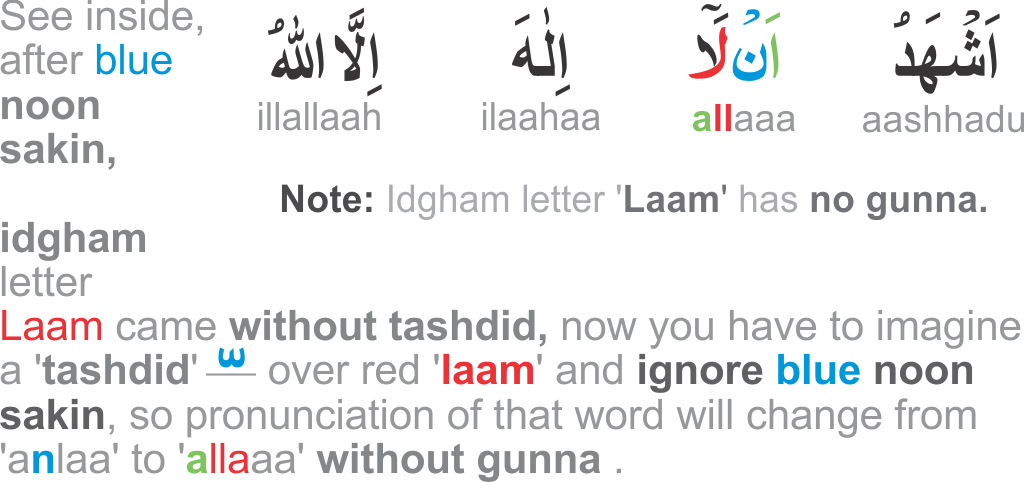Thick pronouncing of these 7 letters خ غ ق ط ظ ص ض are called Istilaa. It is also called heavy or bold pronouncing. While pronouncing thick letters vowel sign 'fatha' have to keep silent & 2 lips have to slightly 'round' like you are going to whistle by lips. See below examples for more clarification.
Listen below ayah from Sura Fatiha to realize how reciter pronouncing blue letters of Istilaa.
Rule Of Raw & Laam ل ر
There are two more Thick letters ر and ل . But this Thick pronouncing happen conditionally not always like Istilaa letters. See below for details.
When ر 'Raw' should pronounce Thick?
If Raw comes with fatha & damma it always have to read as thick. Otherwise if Raw has kasra with it then it should always have to read as light.
Now listen below ayah to realize how reciter pronouncing Raw fatha Raw as 'Rawbbil a'lami-n' not 'Raabil a'lami-n'.
When ل 'Laam' should pronounce Thick?
Laam have to pronounce thick only with a single word  Allah. If fatha and damma comes before Laam of word Allah, Laam have to recite as thick (like law), otherwise if kasra comes before Laam of word Allah, Laam have to recite as light (like laa). In all other words Laam always act as light letter. For more clarification listen below ayahs.
Allah. If fatha and damma comes before Laam of word Allah, Laam have to recite as thick (like law), otherwise if kasra comes before Laam of word Allah, Laam have to recite as light (like laa). In all other words Laam always act as light letter. For more clarification listen below ayahs.





















 and pronounce that as 'Nastayi-n'.
and pronounce that as 'Nastayi-n'.

